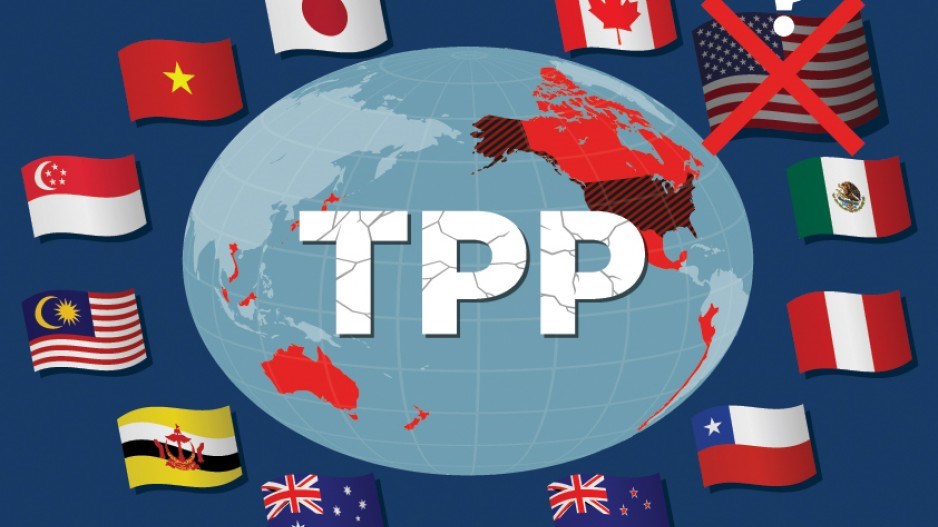True, his statement on November 21 to take the United States out of the Trans-Pacific Partnership (TPP) negotiations on his first day as president in January next year sounds conclusive.
But so did his declarations during the election campaign to totally dismantle President Barack Obama’s health care system and to pursue criminal charges against his Democratic opponent, Hillary Clinton.
From what he has said since the election, both those promises have fallen by the wayside.
However, anti-free-trade rhetoric reverberated throughout Trump’s campaign platform speeches. Leaders representing the 21 countries of the Asia-Pacific Economic Co-operation forum (APEC), meeting in Peru on November 19–20, clearly demonstrated they believe TPP is dead.
Japan’s rime minister, Shinzo Abe, who stopped off in New York en route to the APEC meeting to see Trump, warned in Peru that the TPP would be “meaningless” without the participation of the U.S.
As he flagged Washington’s withdrawal, Trump called the TPP “a potential disaster for our country.”
But as with so many other matters that will soon come over his desk, he shows scant understanding of what the 12-nation agreement covering 40% of the world’s economy was intended to do.
The TPP includes Canada, Australia, Brunei, Chile, Japan, Malaysia, Mexico, New Zealand, Peru, Singapore and Vietnam as well as the U.S. Economically, its most significant impact would have been between the U.S. and Japan – the only major TPP member with which Washington does not already have a free trade agreement.
The prime purposes of the TPP were political and regional security. The partnership very purposefully did not include China. It was thus a manifestation of Obama’s “pivot” of U.S. policy towards Asia. It was intended to reassure Washington’s Asian allies such as Japan, South Korea and several of the 10 countries of Southeast Asia that they need not be too fearful of China increasingly aggressive regional assertiveness.
Trump has already indicated that he has scant appreciation for Washington’s Asian alliances by suggesting that strategic partners like South Korea and Japan should pay for the privilege – they already do – and even develop their own nuclear weapons.
A secondary purpose and reason for excluding China was to try to reignite global trade policy, which has stagnated since the successful closure in 1994 of the Uruguay Round of what was then the General Agreement on Tariffs and Trade, now the World Trade Organization.
The theory was that exclusion of reluctant free traders like China would force a change of attitude. Beijing is already facing serious long-term economic problems and the loss of political legitimacy for the ruling Communist Party along with them. Being cut out of the TPP had serious implications for the Beijing regime.
The irony now is that Trump’s dumping of the TPP – if that is indeed what happens on January 21 – plays right into China’s hands.
At the APEC summit there was much talk of having to seek bilateral trade deals instead of TPP. However, before the APEC leaders packed up to go home it became evident that the big beneficiary of Trump’s killing of the TPP will be the Beijing-backed Regional Comprehensive Economic Partnership (RCEP).
The RCEP includes the 10 countries of the Association of Southeast Asian Nations – Brunei, Cambodia, Indonesia, Laos, Malaysia, Myanmar (Burma), the Philippines, Singapore, Thailand and Vietnam – and the six states with which ASEAN has existing free trade agreements. These are Australia, China, India, Japan, South Korea and New Zealand.
Notably absent from RCEP, of course, are the U.S. and any other American Pacific nations such as Canada, Chile, Peru and Mexico. •
Jonathan Manthorpe ([email protected]) has been an international affairs columnist for 40 years.




